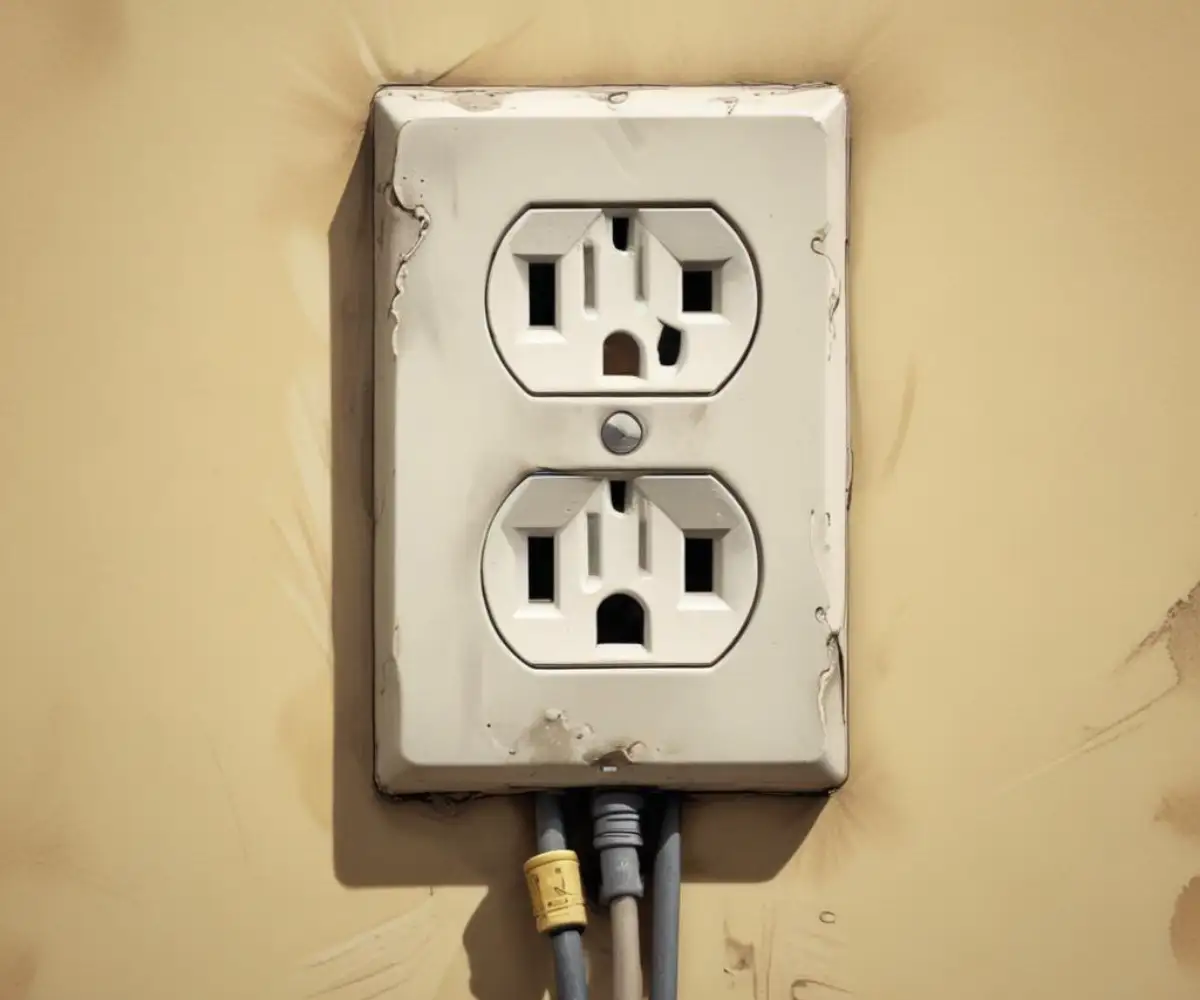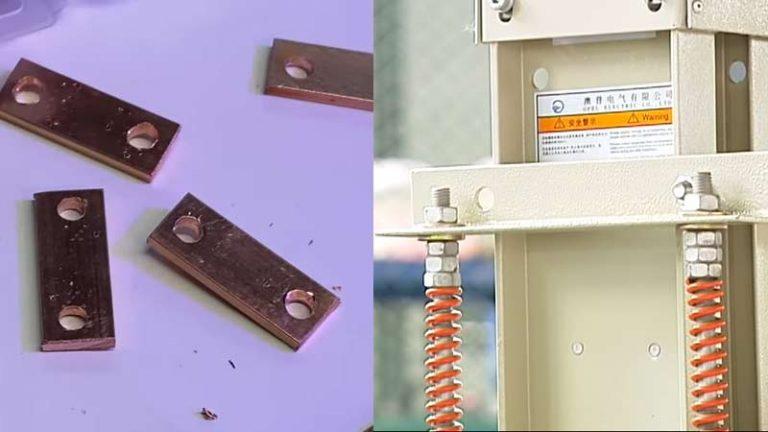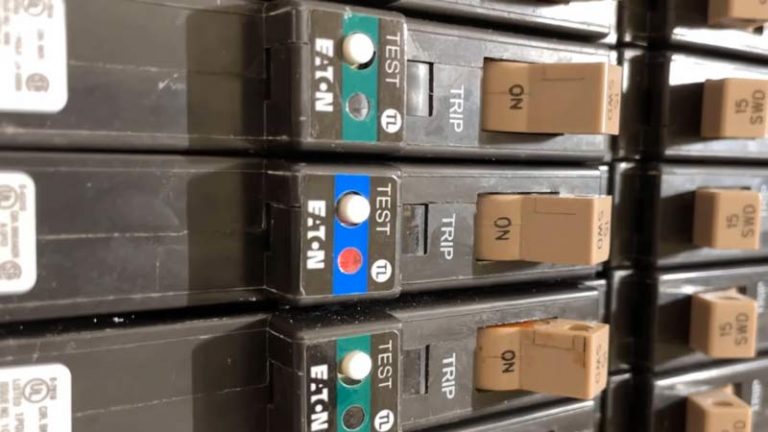House Smells Like a Permanent Marker? Here’s What It Means
That sharp, chemical smell of a permanent marker is unmistakable. While it’s normal when you’re labeling boxes, catching a whiff of that same odor throughout your house is alarming. You’re not imagining it, and it’s a smell you shouldn’t ignore. That distinct, solvent-like scent can point to several serious issues in your home, from your HVAC system to your electrical wiring.
Understanding the potential sources is the first step toward clearing the air and ensuring your home is safe. This odor is often your home’s way of signaling a hidden problem that needs immediate attention. We’ll break down the most common culprits behind that permanent marker smell and provide a clear action plan to identify and fix the issue for good.
You'll Learn About
Top 5 Reasons Your House Smells Like a Permanent Marker
That persistent chemical odor isn’t just unpleasant; it’s a warning sign. The smell, often described as being similar to a Sharpie or acetone, is typically linked to volatile organic compounds (VOCs) or other chemical gases being released into your home. Here are the most likely sources.
1. Refrigerant Leak in Your HVAC System or Appliances
The most common cause of a sweet, chloroform-like, or chemical smell is a refrigerant leak. Refrigerant, often known by the brand name Freon, is the chemical that cools the air in your air conditioner and keeps your refrigerator cold. While pure refrigerant is nearly odorless, a leak often produces a smell similar to acetone or a solvent. This is one of the most frequent reasons homeowners report a permanent marker-like smell.
This situation requires immediate professional attention because leaking refrigerant not only prevents your appliances from cooling effectively but can also pose health risks. If you notice this smell is strongest near your AC unit, vents, or refrigerator, a refrigerant leak is a very likely culprit. In some cases, a failing AC can create other odors too; for example, if you notice your AC smells like farts, it could point to different issues within your system.
2. Overheating or Failing Electrical Components
A burning, plastic, or sharp chemical smell can be a serious indicator of an electrical problem. When electrical wiring or components overheat, the plastic insulation and other materials can melt, releasing a distinct odor that many people compare to chemicals or permanent markers. This is an extremely dangerous situation that requires immediate action.
If you notice this smell, try to pinpoint its location. Is it stronger near a particular wall outlet, light fixture, or your electrical panel? You might also notice outlets that are discolored or warm to the touch. If you suspect an electrical issue, shut off the power at the circuit breaker immediately and call a qualified electrician. Ignoring this smell can lead to a house fire.

3. Off-Gassing from New Household Items
Many new products release VOCs into the air through a process called off-gassing. This is especially common with new furniture, mattresses, carpets, paint, and even some electronics. These items can emit a strong chemical odor that smells very similar to a permanent marker for days or even weeks.
While typically less dangerous than a refrigerant leak or electrical fire, the smell can be unpleasant and cause headaches or dizziness. If you’ve recently brought new items into your home, try moving them to a well-ventilated area like a garage to air out. Improving ventilation in your home by opening windows and using fans can also help dissipate the smell more quickly.
4. Issues with Household Appliances
Beyond your HVAC and refrigerator, other appliances can also be the source of a chemical smell. A dishwasher, for instance, can emit a plastic or chemical odor if a plastic item falls onto the heating element during a cycle. Similarly, a new dryer might produce a chemical smell during its first few uses as factory coatings burn off, which is a common concern for homeowners wondering if a new dryer heating element smell is normal.
Other appliances, like a dehumidifier, can also be a source. If you find your dehumidifier smells like burning plastic, it could be due to an overheating motor or melting components, which warrants turning it off and having it inspected.
5. External Fumes Entering Your Home
Sometimes, the source of the smell isn’t inside your house at all. Fumes from nearby industrial parks, construction sites, or even a neighbor’s home improvement project (like painting or refinishing a deck) can enter your home through windows, doors, or your HVAC system’s fresh air intake.
If the smell seems to come and go and is more noticeable when your windows are open or the HVAC fan is running, the source might be external. Try to correlate the smell with activities happening in your neighborhood. If it persists, keeping windows closed and setting your HVAC to recirculate the air inside may help.
Your Step-by-Step Action Plan
When you detect a chemical smell in your house, a systematic approach can help you identify the source and resolve it safely. Don’t panic, but act methodically. Follow these steps to diagnose and address the problem.
Step 1: Prioritize Safety and Check for Immediate Danger
First, rule out the most hazardous causes. Walk through your home and check for any signs of an electrical issue, such as smoke, sparks, or scorching around outlets and switches. If you find any, or if the chemical smell is accompanied by a burning odor, evacuate your home and call the fire department immediately. If you suspect a natural gas leak (which smells like rotten eggs), leave the house and call your gas company from a safe distance.
Step 2: Pinpoint the Smell’s Location and Strength
Once you’ve ruled out immediate fire hazards, try to locate the source of the odor. Walk from room to room, sniffing the air. Is the smell stronger in a particular area, like the kitchen, basement, or near an appliance? Note where the scent is most potent. This will be your biggest clue. For example, if it’s strongest around your indoor AC unit, a refrigerant leak is a high possibility.
Step 3: Conduct a Visual Inspection of Key Areas
Based on where the smell is strongest, perform a visual inspection.
* HVAC System & Appliances: Look for any visible signs of leaks (oily residue) or damage around your AC unit and refrigerator. Check for ice buildup on the refrigerant lines, which can be another sign of a leak.
* Electrical Outlets & Panel: Look for any discoloration, burn marks, or melting on outlets, switches, and your breaker box.
* New Items: If you’ve recently purchased new furniture, carpet, or painted a room, the smell is likely originating from there.
Step 4: Improve Ventilation Immediately
Regardless of the source, your first step to mitigate the smell is to ventilate your home thoroughly. Open windows and doors to create a cross-breeze. Use box fans or your HVAC system’s fan (set to “On” instead of “Auto”) to circulate fresh air and push the contaminated air out. This helps reduce your exposure to potentially harmful fumes.
Step 5: Call the Right Professional
Do-it-yourself solutions are limited when dealing with chemical odors. Based on your findings, it’s time to call an expert.
| Suspected Cause | Who to Call | Why They’re the Right Choice |
|---|---|---|
| Refrigerant Leak (Smell near AC/Fridge) | HVAC Technician | They have specialized tools to detect refrigerant leaks, safely handle the chemicals, and repair the system. |
| Electrical Issues (Burning smell, discolored outlets) | Licensed Electrician | They can safely inspect your wiring, outlets, and electrical panel to find and fix hazardous faults. Do not attempt electrical repairs yourself. |
| Plumbing/Sewer Gas (Foul smell in drains/bathrooms) | Plumber | They can identify issues like dry P-traps or cracked vent pipes that could be allowing sewer gas into your home. |
| Can’t Find the Source | Home Inspector or General Contractor | If the source remains a mystery, a home inspector can perform a comprehensive evaluation of your home’s systems to uncover the root cause. |
How to Get Rid of the Lingering Chemical Smell
Once you’ve addressed the source of the problem, you may still have a residual chemical odor lingering in your home. Here are some effective, non-toxic ways to neutralize the smell and improve your indoor air quality.
1. Ventilate, Ventilate, Ventilate
This is the most critical step. Continue to air out your home for at least 24-48 hours after the source has been fixed. Keep windows open and use fans to maintain constant air circulation. Fresh air is the best and cheapest way to clear out lingering fumes.
2. Use Natural Odor Absorbers
Instead of masking the smell with artificial air fresheners, use natural substances that absorb odors.
* Activated Charcoal: Place bags of activated charcoal in the most affected rooms. It’s highly porous and excellent at trapping VOCs and other odor-causing compounds.
* Baking Soda: Set out several open bowls of baking soda. It’s a fantastic and inexpensive odor neutralizer.
* White Vinegar: Placing bowls of white vinegar around the room can also help neutralize airborne odors. The vinegar smell will dissipate as it dries, taking the chemical smell with it.
3. Clean Surfaces and Fabrics
Chemical residues can settle on surfaces and get trapped in soft materials.
* Hard Surfaces: Wipe down walls, floors, and countertops with a solution of water and white vinegar or a mild, unscented soap.
* Soft Fabrics: Wash curtains, bedding, and throw pillow covers. For carpets and upholstery, sprinkle them liberally with baking soda, let it sit for several hours (or overnight), and then vacuum it up thoroughly.
4. Invest in an Air Purifier
For persistent odors or for homes with sensitive individuals, an air purifier can be a great investment. Look for a model with a HEPA filter to capture fine particles and an activated carbon filter specifically designed to remove VOCs, gases, and odors. Run it continuously in the most affected areas until the smell is gone.
Is the Permanent Marker Smell in My House Dangerous?
While the smell itself is primarily a nuisance, the underlying cause can pose significant health and safety risks. The danger level depends entirely on the source of the odor. Inhaling fumes from a permanent marker itself can cause headaches and dizziness, and the chemicals creating a similar smell in your home can have comparable, or more severe, effects.
The most severe risks are associated with electrical faults and refrigerant leaks. Overheating electrical wiring is a major fire hazard. Refrigerant leaks can be harmful to inhale in concentrated amounts in poorly ventilated spaces and can also be flammable under certain conditions. Fumes from off-gassing, while less acutely dangerous, can cause respiratory irritation, headaches, and nausea, especially for those with asthma or chemical sensitivities.
Ultimately, any strong, persistent chemical smell should be treated as a serious warning sign. Never ignore it. Investigating and resolving the source promptly is crucial for protecting not only your property but, more importantly, the health and safety of everyone in your home.


